Wolstanton and Burslem, Staffordshire
Up to 1834
Wolstanton had a parish workhouse at the north-east end of the Marsh.
Burslem had a workhouse by 1741. In 1776, it could hold 60 inmatess. In 1870, a new building was erected at Greenhead, bounded by Overhouse Street, Wedgwood Place and Scotia Road. It was greatly enlarged in 1835 to hold 300. Inmates were provided with work at local manufacturies, with the bulk of the earnings from such work going to the parish. It was later leased out as infantry barrack then in around 1857 was converted into the Scotia Pottery. The building was demolished in 1958.
After 1834
Being very satisfied with the existing arrangement, the two parishes were initially resistant to form a union under the 1834 Poor Law Amendment Act. Assistant Poor Law Commissioner Richard Hall, in a report on the area in 1836, found a catalogue of malpractice in existing poor law administration which was mainly in the hands of local manufacturers. Hall found, for example, that threats of industrial action from an already substantially unionized workforce had led to the provision of out-relief to those in dispute with their employers.
However, the Poor Law Commissioners eventually held sway and the new Wolstanton and Burslem Poor Law Union formally came into existence on the 2nd April 1838. The combined population of the Union at the 1831 census had been 23,567 and in the years 1835-7 the total expenditure on poor relief had been a relatively modest £6,210 or 5s.3d per head of the population.
Also, in 1838, the Commissioners authorised an expenditure of £6,200 on a new workhouse to accommodate 400 inmates. The site for the new building, on Turnhurst Road at Chell, was purchased from Thomas Kirkham and Robert Williamson. It was designed by the partnership of Boulton and Palmer who were responsible for alterations and extensions to the Stone workhouse, and whom the Stone Guardians described as "very deserving and highly respectable young men, wishing to establish themselves by punctuality and strict integrity in their undertakings". The building work was carried out in 1839 by Robert Shufflebotham of Golden Hill, with the eventual cost being £6,875. An early view of the workhouse is shown below:
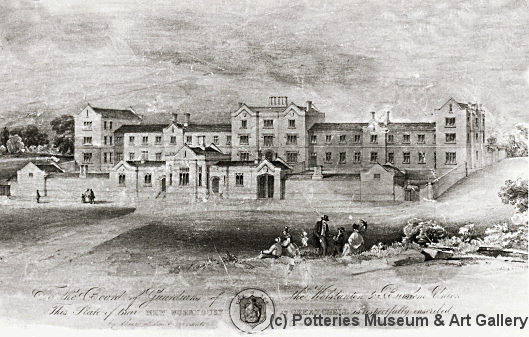
Wolstanton and Burslem workhouse from the south-west, c.1840.
© Potteries Museum and Art Gallery.
The buildings comprised three main sections. A single-storey entrance range contained the porter's lodge, board-room, offices, and receiving wards, possibly with vagrants' wards to the side. The three-storey main block had quarters for the master, matron, schoolmaster and schoolmistress at the centre, with male accommodation in the north wing and female in the south. An infirmary was at the rear, together with the laundry on the female side, and the bakehouse, cornmill, workrooms and piggeries on the male side. A kitchen, with chapel above, lay between the main block and the infirmary.
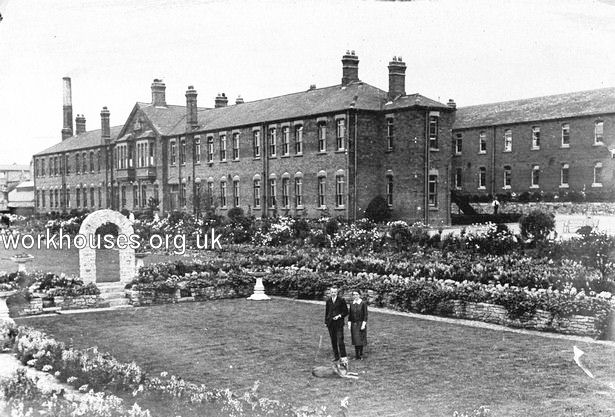
Wolstanton and Burslem main building from the west.
In around 1880, an area of land to the west of Turnhurst Road became a burial ground for the workhouse.
A number of later additions were made to the buildings, the most significant being the erection of a series of new buildings at the south of the workhouse in the 1890s. These included a new entrance and porter's lodge, with adjacent vagrants' wards, a boiler house and workshop, and a large new infirmary. The site layout is shown on the 1922 map below:
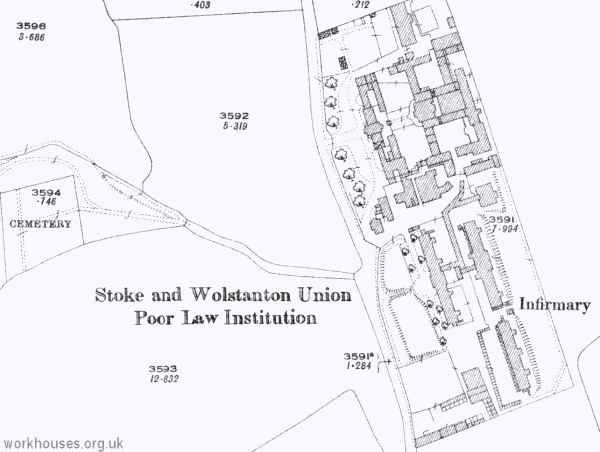
Wolstanton and Burslem workhouse site, 1922.
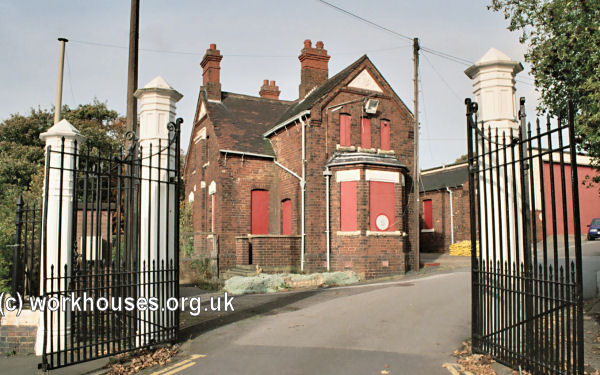
Wolstanton and Burslem new entrance from the south-west, 2001
© Peter Higginbotham.
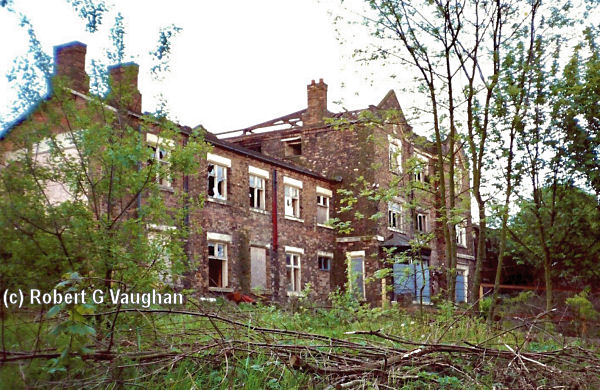
Wolstanton and Burslem workhouse main block, from the north-west, prior to demolition.
© Robert G Vaughan.
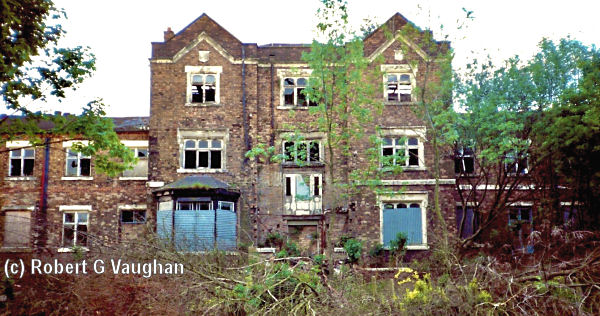
Wolstanton and Burslem workhouse main block, from the west, prior to demolition.
© Robert G Vaughan.
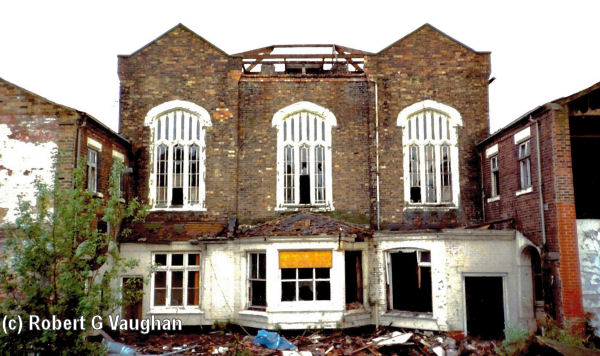
Wolstanton and Burslem workhouse main block, from the east, prior to demolition.
© Robert G Vaughan.
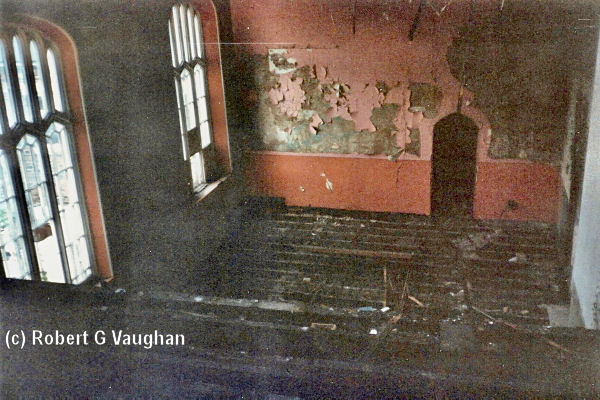
Wolstanton and Burslem workhouse main block, chapel interior, prior to demolition.
© Robert G Vaughan.
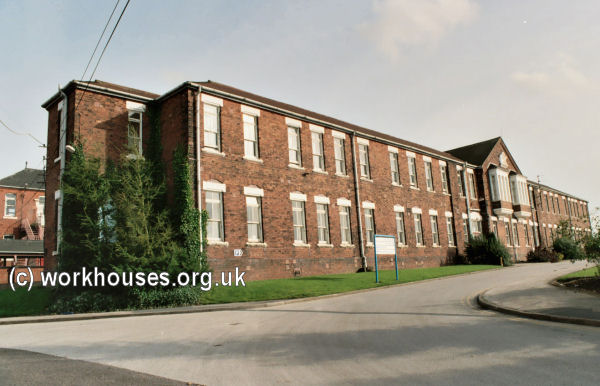
Wolstanton and Burslem workhouse western infirmary block from the north-west, 2001
© Peter Higginbotham.
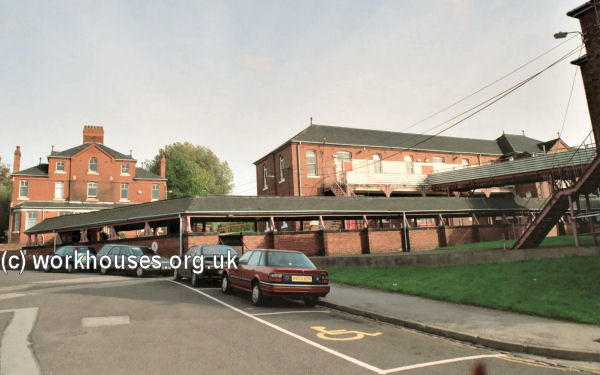
Wolstanton and Burslem workhouse eastern infirmary buildings from the west, 2001
© Peter Higginbotham.
A flavour of life in the Chell workhouse in its early years is provided by Charles Shaw in his book When I was A Child published anonymously in 1903. Sixty years earlier, ten-year-old Shaw and his family were forced to spend a few weeks in the workhouse when his father lost his job after participating in a strike.
Shaw also graphically describes how a boy who had run away from the workhouse was brought back and publicly flogged with a pickled birch rod until he was barely conscious. You can read longer extract of Shaw's book and also part of Arnold Bennett's novel Clayhanger which made use of incidents described by Shaw.
In 1922, the Wolstanton and Burslem Union and Stoke-upon-Trent Unions merged to create a new Stoke and Wolstanton Poor Law Union. After 1930, the workhouse buildings were take over by Stoke Corporation and subsequently became the Westcliffe Institution, then the Westcliffe Home for the Aged and Infirm, then part of the Westcliffe Hospital. The workhouse buildings have now all been demolished and a retirement complex now occupies the site.
Scattered Homes
By 1912, the Wolstanton and Burslem Union had established children's scattered homes at: 55 Macclesfield Street, Burslem (Boys); 152 High Lane, Burslem (Girls); Victoria Road, Tunstall (Girls); and 2 Stanley Street, Tunstall.
Staff
Inmates
Records
Note: many repositories impose a closure period of up to 100 years for records identifying individuals. Before travelling a long distance, always check that the records you want to consult will be available.
- Stoke on Trent City Archives, Hanley Library, Bethesda Street, Hanley, Stoke on Trent ST1 3RS. Holdings include: Guardians' minute books (1854-58, 1901-3, 1914-16, 1919-22); Various lists of births, baptisms and deaths (1840-1940s); etc.
Bibliography
- Shaw, Charles (1903) When I was a Child — by 'An Old Potter'
Links
- The union's early correspondence with the central poor-law authorities is online on the TNA website .
Acknowledgment
- Thanks to Ronb Vaughan for the photos.
Unless otherwise indicated, this page () is copyright Peter Higginbotham. Contents may not be reproduced without permission.


